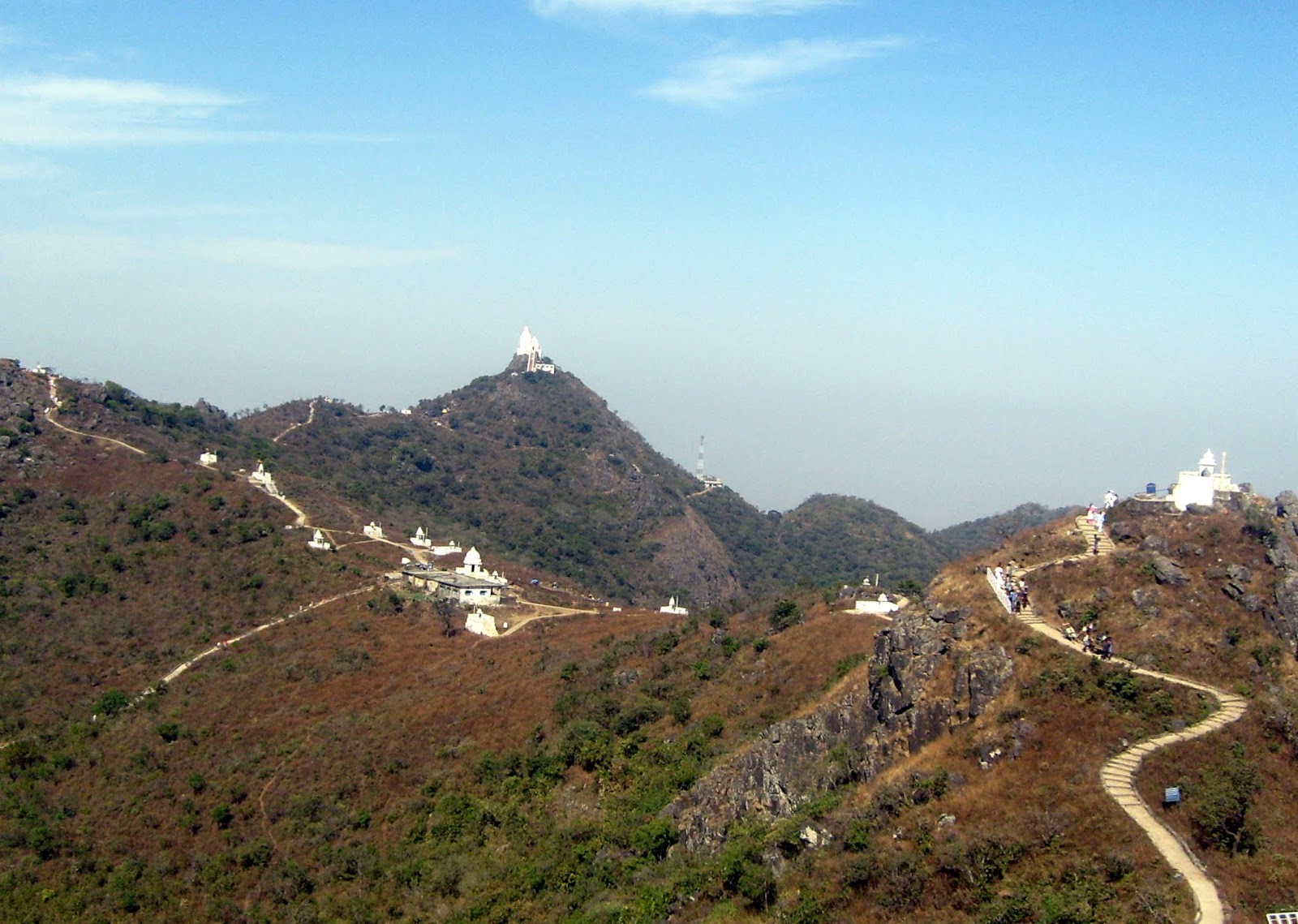In Sir Seth Hukum Chand v Maharaj Bahadur Singh[1], the dispute concerned two sects of the Jain community with regard to the rights of worship of a hill of 25 square miles to which religious significance was attached.
According to the Digambaras, the sacred nature of the hill demanded that the moment they set foot on the hill, they must abstain from any offence against nature, even spitting. Though this is observed by the Swetambaris as well, the Digambaras adopted a position that any course of action which is inconsistent with their worship, such as the regular and continuous employment of human beings on the hill involves a desecration of the hill.
In 1918, the Swetambaris acquired, by purchase, the proprietary rights to the hill from the Raja of Palgunj. Thereafter, sentries and night watchmen were posted on the hill which was accompanied by the construction of dwelling units for them and for other pujaris. The Digambaris contended that the proposed construction of a gate at the foot of the hill was intended to obstruct their access to the hill.
A suit was instituted contending that the hill was an object of worship for both sects and on account of its special status, no construction would take place on it.
The trial judge held that the plaintiff Digambaris were entitled to ensure that the hill, as endowed property of the deities, is kept in an immaculate condition in accordance with their faith. The High Court reversed this judgment and held that the hill was not debutter property but the property of the Raja of Palgunj, whose title was transferred. Further, the proposed construction of the gate was held not to obstruct the right of worship of the Digambaris.
In appeal, the Privy Council examined the evidence on record to conclude that legal title had vested validly in the Raja. The result of previous litigation between the Raja and the Swetambaris had concluded title in favour of the Raja. A suit by the Digambaris in 1903 also admitted the title of the Raja subject to their right to worship.
The Privy Council then examined the range of activities that were carried out on the hill without a disruption of the right to worship, and held that it was not proved that any of the acts complained of, barring the placing of the Charans in the three shrines, in the plaint abridged the right to worship.
The trial judge concluded that the hill was debutter property of the deities entirely on the belief of its sanctity. Taking exception to these observations, the Privy Council held:
“The Subordinate Judge has based his finding that the whole hill is the debutter property of the jain deities on the belief in its sanctity now entertained by both sects. As observed by Ross, J., that evidence undoubtedly establishes beyond a doubt that in the belief of the Jain community a spiritual quality in some way attaches to the hill, but this is a matter of faith and cannot in itself determine the physical ownership of the hill.”
The Privy Council explicitly rejected the contention urged by the Digambaris of a proprietary claim which was based on the faith and belief of the sect. insulation as well as primacy over the legal system as a whole.
[1] (1933) 38 LW 306 (PC)
